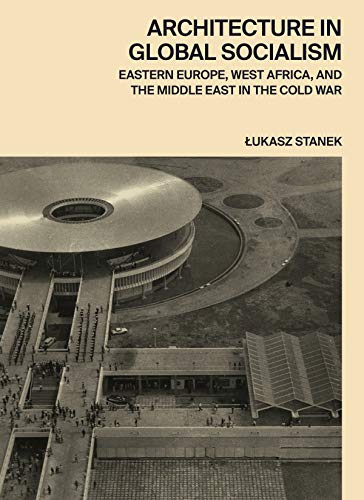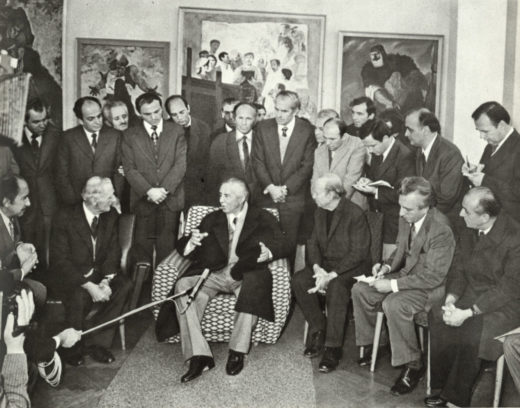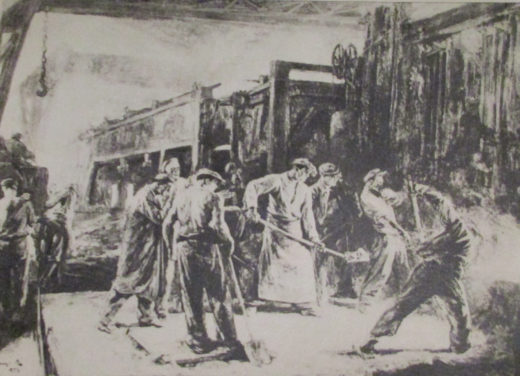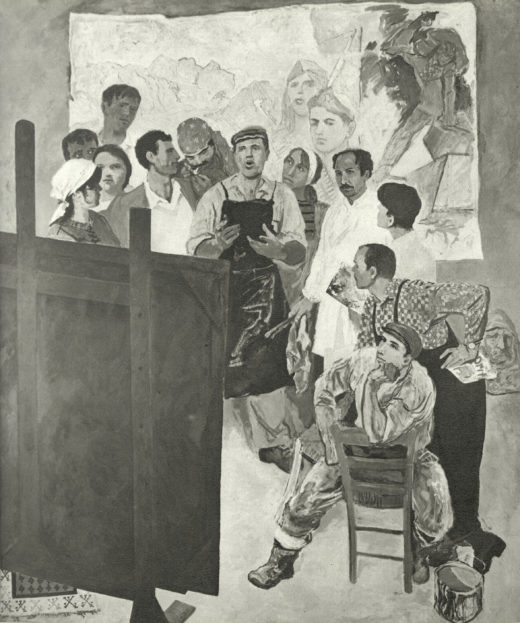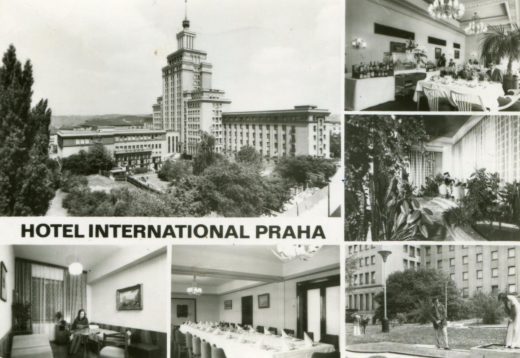Architecture in Global Socialism: Eastern Europe, West Africa, and the Middle East in the Cold War
Łukasz Stanek, Architecture in Global Socialism: Eastern Europe, West Africa, and the Middle East in the Cold War (Princeton: Princeton University Press, 2020), 358 pp.
An unassuming isometric drawing in the final chapter of Łukasz Stanek’s Architecture in Global Socialism: Eastern Europe, West Africa, and the Middle East in the Cold War diagrams a villa planned for the Emirati city of Al Ain. An assemblage of brick and glass, the villa is distinctly postmodern in character: a pergola, tall radius window, skylights, and multiple deck spaces combine to form a structure which both references and eschews historical precedents. Anca Oţoiu, … Read more

